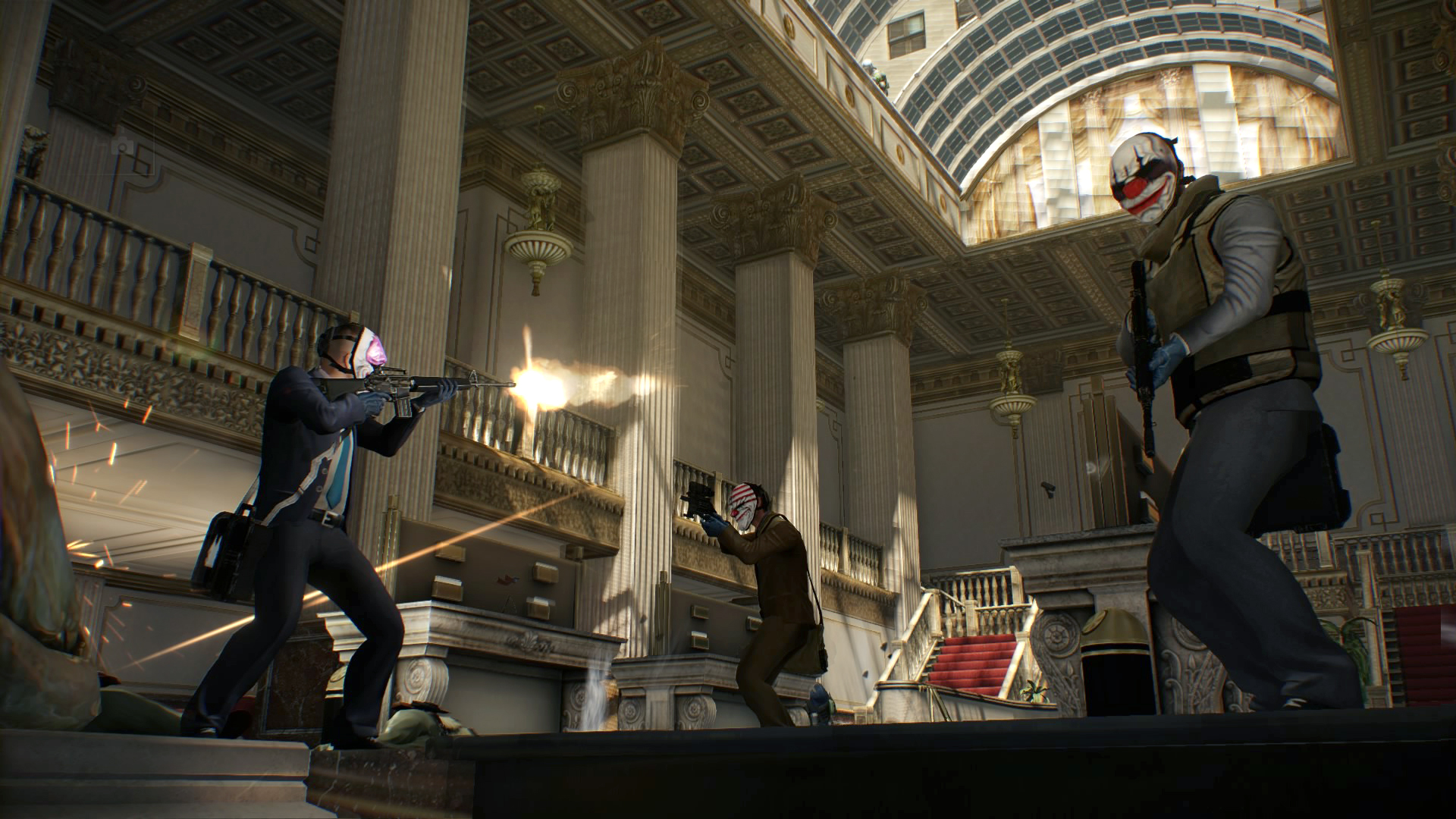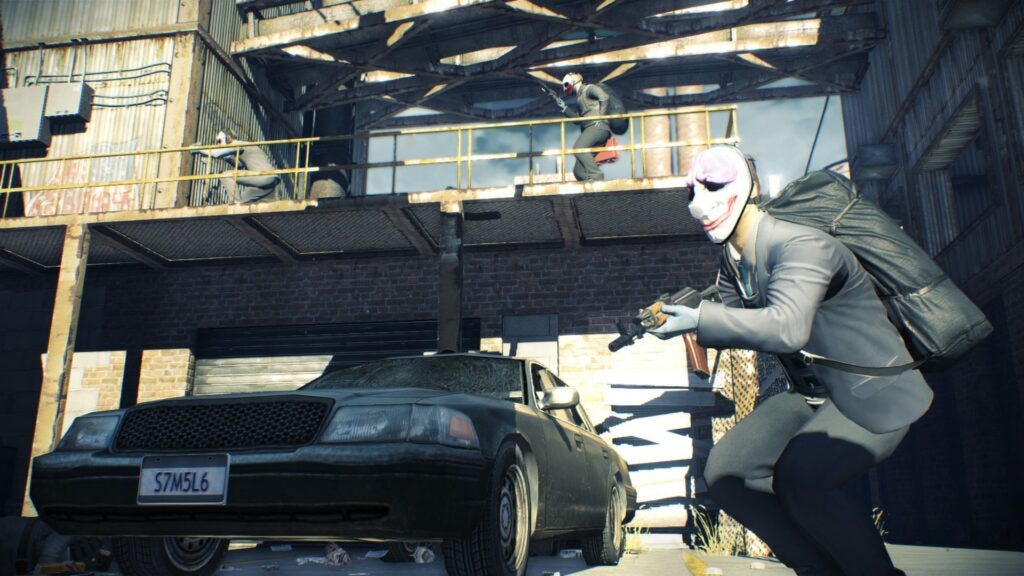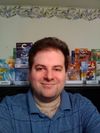Examining the Live Service Success of Payday 2
How Overkill Software kept the payday going

Overkill Software had a very turbulent decade in the 2010s, with reports of scandals from the top at Starbreeze, failed projects and ventures, and now they’re back to working on Payday 2 while working on Payday 3. Payday 2 as a game and project was, and still is, unusual in terms of development. For today, I want to talk about how this multiplayer shooter turned out to be one of the best examples of live service design during its peak and how the studio rode the payday train for a long time.
The Original Heist
Payday 2 was, of course, built off the foundation set by the first game : a combination of team-based shooting, stealth, pulling off various heists. The goal with the sequel was to do everything on a grander scale, which meant more heists, more characters, and so many more customization and personalization options.
While the starting heists were all about knocking over banks and shops of varying sizes, the story and the lore of the game grew as the payday gang would soon take on international operations and larger jobs. Eventually, there were heists of trains, raiding a plane, and working with shadier individuals as part of an overall plot. There is a lot to the gameplay and design of Payday 2 I could talk about, but I want to focus specifically on the live service and growth of the game in this piece.
The story of the game is an interesting one and goes along with the next section. The original story focused on a “grounded” take featuring live action and exploring the world set up by the game’s mastermind “Bain” who would lead the crew on the various operations. The lore explanations for new gear and new missions was centered around the gang meeting various vendors and people from around the world. While this did work for a time, there was a kind of split, much like with Team Fortress, regarding where the story should go. Some fans liked the meatier concepts and darker themes, while others found it to be boring and wanted more excitement and over-the-top situations.

The Team Fortress Transformation
As more and more DLC packs were released, fans started to notice first slowly, then really fast, a change in the tone and direction of the game. The story and major plot points that were introduced at the start and with early DLC were being downplayed more and more. The one plot point that did get resolved, much to the fans’ enjoyment, was the return and reintroduction of the original Hoxton to the team as part of one of the game’s first major events. In fact, the first set of DLCs, updates, and missions, were all framed around getting the information and help needed to break him out of jail in the first place.
However, after that was finished, content soon began to focus on wilder missions and situations. For a game about pulling off heists, DLC would eventually add multiple weapons like medieval crossbows, Gatling guns, and more. Tie-ins with popular movies and figures were added and made to fit the theme of the game — such as getting John Wick (not voiced by Keanu Reeves) as a member of the team. By the kind of “end” of the content for the game, the crew were more or less performing spec ops work around the world and just so happened to steal stuff rather than the original "cops and robbers" design.
While this did end up hurting the game in some respect, fans were too busy enjoying the gameplay and continued support that the game received to complain too much.
The Live Score
While Payday 2 wasn’t technically a live service game in the same way as the many multiplayer and F2P games that were released in the 2010’s, it surprisingly managed to be one of the best examples of the genre this side of Team Fortress 2 during its peak.
When the game was first released in 2013, Overkill promised at least 1–2 years of updates to the game. These updates came in the form of new weapons, new maps, and adding in new crew members. The success and popularity of Payday 2 led to them extending it for another couple of years, and then that success led to them focusing on the game long term. During the 2010s, Payday 2 was updated quite often with new content and managed to succeed in providing the short, mid, and long-term content I talk about with good live service design.
Part of this was the studio setting a standard regarding DLC pricing and structure for the game. The content added to the game was sold at different pricing based on what it included, whether a new map, new character, or a new set of weapons and cosmetics.
Anything that changed the structure of the game or added new systems to it was completely free. And the developers, to their credit, did expand the game a lot over the years. While the over-the-top missions got more and more bombastic, so did the complexity and challenge of doing them. The combination of action and stealth of Payday 2 would lead to some fantastic level designs to test the players. The map “Big Bank” was a very solid example , featuring completely different ways of performing it either through stealth or action-based strategies. New difficulties, along with new enemy types, were introduced over the years. This included the game’s ultimate tests in the form of Deathwish and “one-down” difficulty.

The ability to prestige an account was added with the “Infamy” update, allowing someone to start over on level one, but made it easier to get perk points to allow them to build more varieties of characters.
Speaking of builds, the “perk deck” update introduced a secondary progression system that was also tied to different characters. This allowed players to further customize their strategies and provided more theming to new Payday players. An interesting concept with the ability to alter missions and view a blueprint of the heist added more depth to the game, and allowed people to draw random stuff on a map.
Personalization, which was there at the start, expanded over the game’s first lifespan. The extensive cosmetic options allowed players to get creative with the different mask designs. An updated safehouse was added in which could be filled with loot and special items based on someone’s progress in the game. Eventually, players were able to change more options with added updates.
The developers followed Valve’s playbook when it came to new updates and major events. Custom webpages were designed, events would tease content over the course of the week, and there were always steps taken to bring the community into the experience. The developers would also have yearly “crime-fests” where every day for a week they would release some kind of new content for the game.
With everything said, however, not every update or piece of content was viewed positively. For years, there was always the tease of having larger missions, more than just three days in a row, but connectivity issues and the complexity and balancing of setting something up never came to fruition. The real meltdown, however, came with the introduction of “safes” and cosmetic loot boxes. This was something that the developers promised at the game’s start that they wouldn’t do, but in 2015, they introduced them in the form of safes. Once again copying Team Fortress, safes would drop randomly, but the only way to open them was to buy drills or “keys” that cost 2.99 a pop if I remember right. The safes would contain cosmetic skins of varying qualities for the many different weapon types. The revolt by the community forced them to add ways of opening safes without spending money.
Maintaining the Robbery
In 2018, the developers would release content that marked “the end” of the main story of the game with the intent to move on to other ventures. However, this was the time when some of the major stories surrounding Overkill would break, and with the failure of the studio's other game, Raid: World War 2, Overkill couldn't actually leave Payday behind. It was the studio's principal moneymaker, so they decided to continue working on the game. Even though I stopped playing around 2017, there have been more maps and more characters and cosmetics added since. Whether the game has been supported with new systems since the re-launch, I can’t personally say.
One thing is for sure, the game is such a different beast now compared to the original release that I don’t know if there were any updates added to address the onboarding. During my time spent with the game, they did redo the tutorials for stealth and combat, but with the added systems, perk decks, and more, I’m not sure if that was ever explained fully to new people.
The Future of Heisting?
Payday 2 for a time was my most played multiplayer game next to Left 4 Dead 2, and in 2023, Payday 3 was released in a kind of a soft launch. Despite not being in early access, the game itself had noticeably less content than the original did on Day 1, though the studio plans to continue supporting it as well as Payday 2. From my limited time spent with it, there is a greater focus on much of the “skill play” progression we see out of the Call of Duty games. To their credit, the redesigned stealth system feels like an entirely different game and way of playing compared to the previous one.

The first few months of release have not been kind to Payday 3, with the game getting a lot of negative reviews from fans and early adopters. Overkill is still supporting and growing the game, and another major patch came out around the time of this piece going up.
The harsh lesson you need to learn when you are building a live service or games as a service title is that sequels are very risky and hard to pull off. You’re going to need to provide a legitimately bigger and better version of the game that came before it, and if that game had microtransactions or DLC, you’re going to need to factor that into the development of the new one. Working concurrently on both games is another odd decision that we don’t see from most studios. On the other hand, it’s my opinion that Overkill did this to avoid the negative backlash that happened with Overwatch and Blizzard removing the first game and requiring people to purchase the second one. Payday 3 is in a better place at the end of 2023 than it was when it came out, but whether that will translate into the same level of success that Payday 2 had remains to be seen.
It has been over a decade now since the Payday franchise debuted. In that time, the game has grown and shifted with the changing of game development trends. Even though not all of them were “good,” the series remains one of the strongest examples of how live service can be used to keep a game going. However, maintaining that success for years on end is very difficult no matter what kind of game you’re making, and requires a long-term plan beyond just saying: “here’s a new content patch every three months.”
As 2023 comes to an end, we’ll have to wait and see if 2024 will be a better year for heisting.
If you enjoy my work and would like to support me, you can check out my Patreon. I’m also available for doing consulting work. And if you enjoyed this story, consider joining the Game-Wisdom Discord channel. It’s open to everyone.
